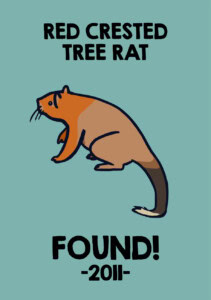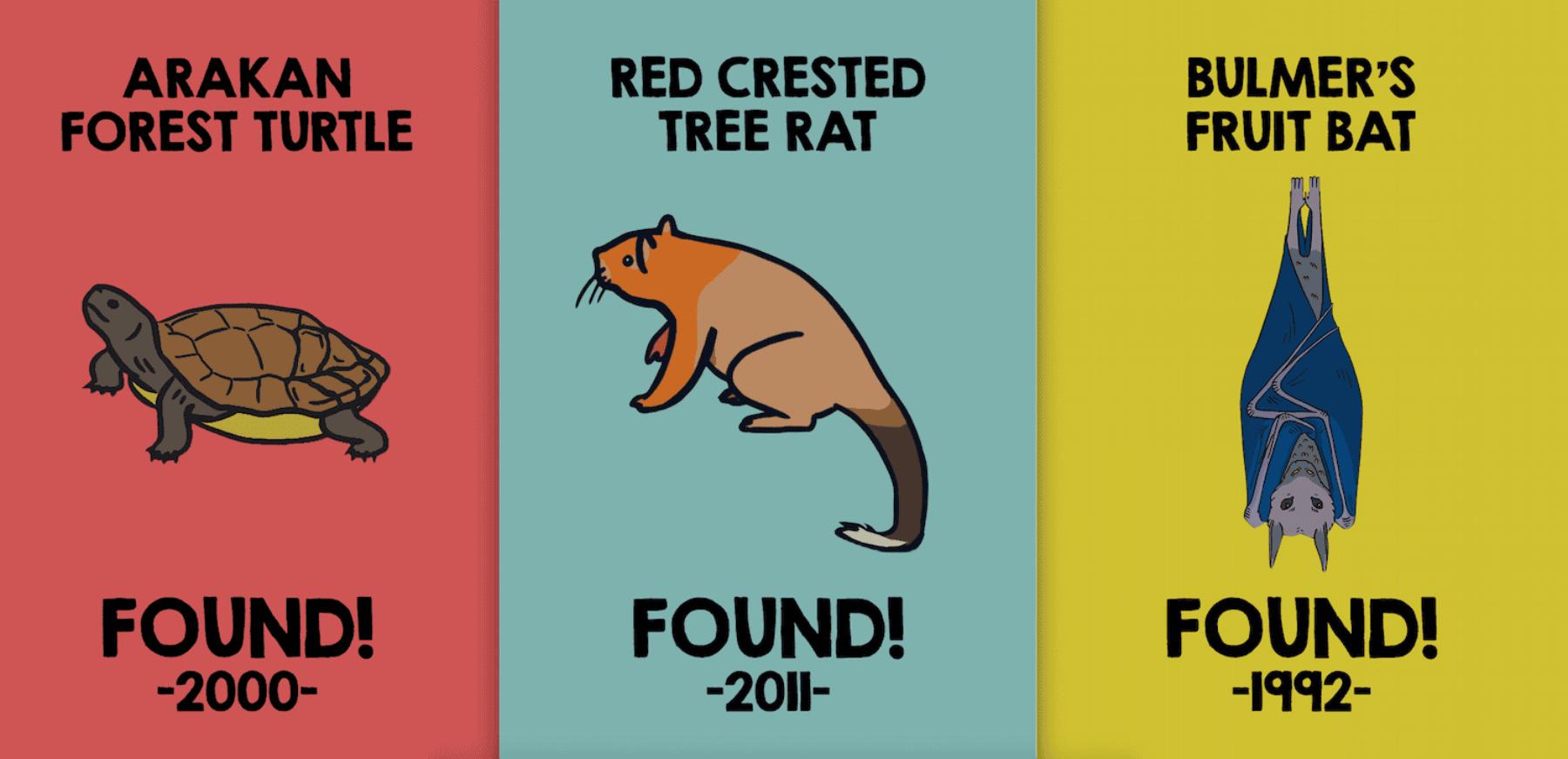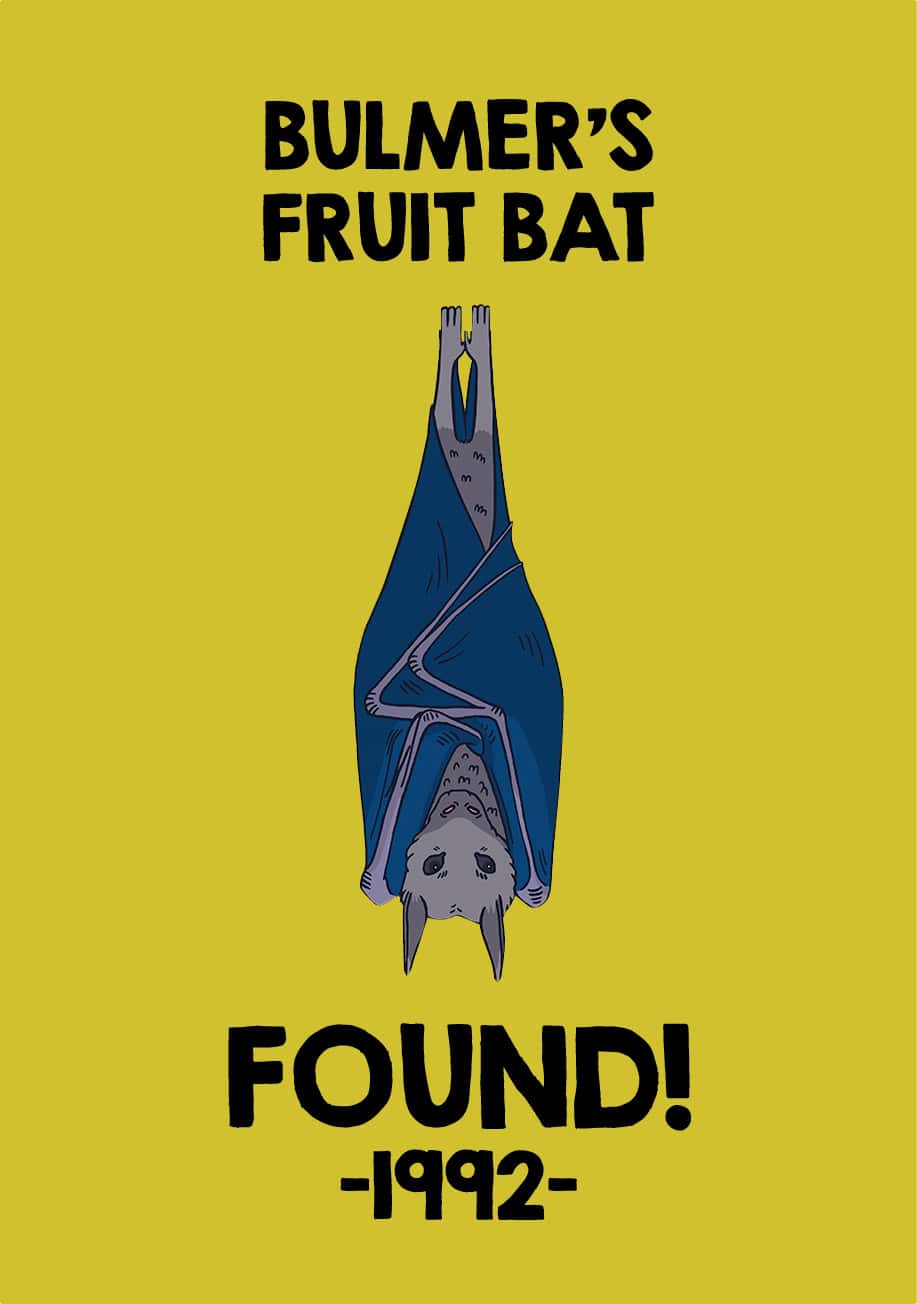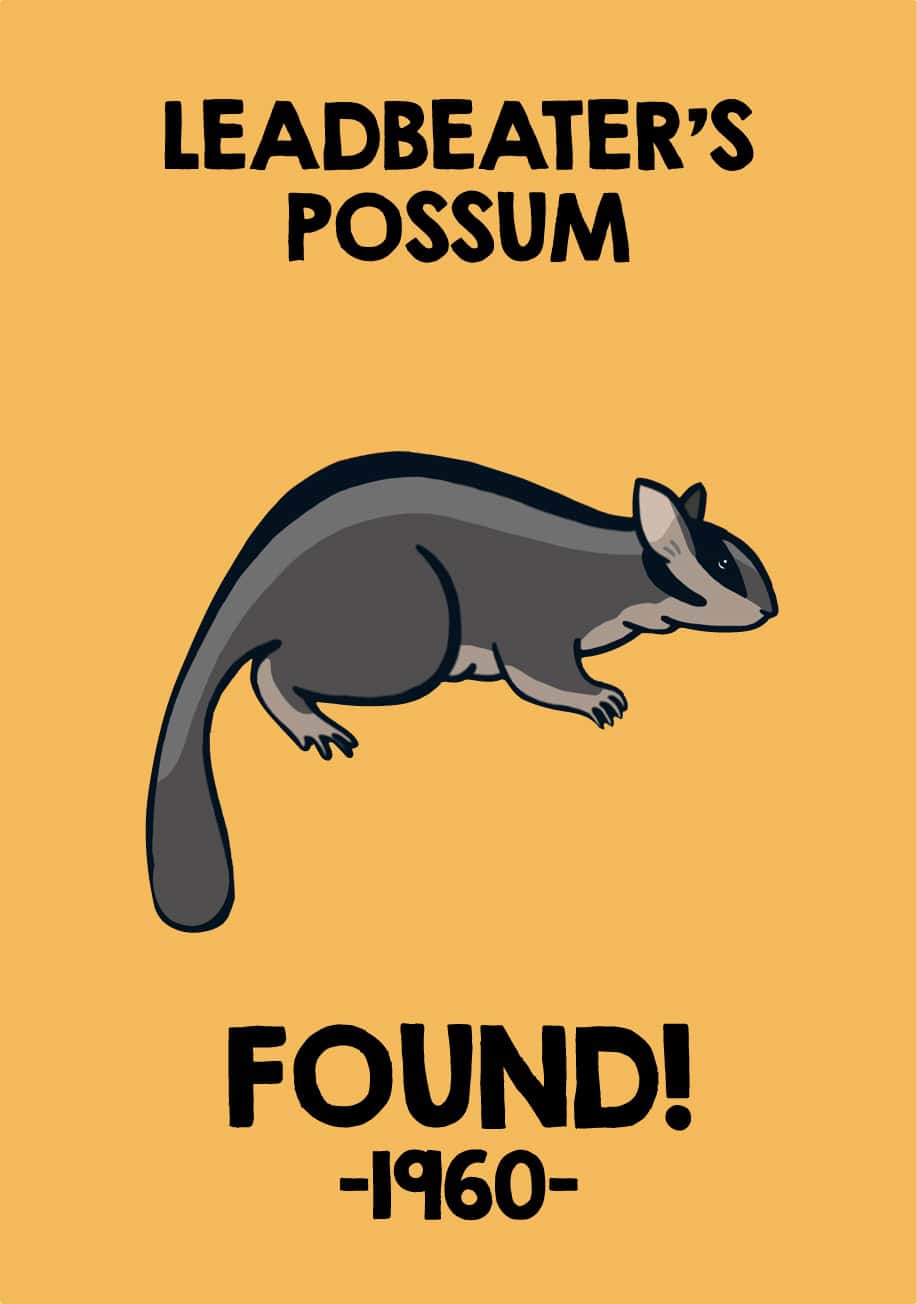Reporting on nature is often about extinction, decline and loss. But this isn’t the full picture. The Lost and Found project brings to life tales of rediscovered species once thought gone forever. The determination and passion of conservationists has led them to rewrite history
Fast-talking Diogo Veríssimo is a conservation scientist with a love of great stories and happy endings. His first job was aged 17 as a guide at Lisbon zoo in his native Portugal, and Veríssimo has been exploring the relationship between people and wildlife ever since. Now a fellow at the University of Oxford, he researches ways to reduce demand for illegally traded wildlife: he knows only too well the great threats facing all sorts of species.
But in the global conversation about biodiversity, he decided, there is already enough doom and gloom. How can we inspire and empower people to care, he wondered, instead of frightening or guilt-tripping them into it?
“When I was a child, I read about a fish that we knew from fossil records had existed many millions of years ago,” Veríssimo says. “Then the actual animal was rediscovered. Reading that really captivated me: it felt like discovering that a dinosaur is still alive.”
It isn’t enough to convince people like him – professional conservationists – that the environment matters, he says. Everyone needs to get fired up. “That means not always bombarding people with despair, because they can only take so much before they disconnect,” Veríssimo has concluded. “These rediscovery stories are out there but they’re not easy to find. I wanted to create something that made them exciting and accessible to everyone.”

Lost and Found is the result. Launched at the Earth Optimism Summit in Washington DC in 2017, the website showcases flip cards (pictured), comics and stories about rediscovered mammals, birds, reptiles and amphibians. Among them is the red-crested tree rat, a red-maned rat ‘the size of a loaf of bread’ native to Colombia that for 113 years was thought extinct. It was spotted again in 2011 by British couple Lizzie Noble and Simon McKeown, even hanging around long enough to be photographed.
These rediscovery stories are out there. I wanted to create something that made them exciting and accessible to everyone
Even more of a surprise was the rediscovery of the Bulmer’s fruit bat. The species was first noted in 1960, dug up by an archaeologist working in the western highlands of Papua New Guinea. About 10,000 years ago, it suddenly stopped appearing in the fossil record. But in 1992, after a long search, palaeontologist Tim Flannery was rewarded by the sight of more than 100 bats flying past his head. Notably, both species are listed as critically endangered on the International Union for Conservation of Nature’s red list of endangered species today.
But, Veríssimo notes, celebrating success stories is a way to enthuse the next generation to take up the challenge to protect them. This year, invertebrates, plants and fish will be added to the site, and there are plans to make short videos too. Veríssimo also hopes to fundraise for translations into French, Portuguese, Spanish and Mandarin.
First-person accounts of the people who have been directly involved in rediscovering species also feature. “I think people in the conservation world sometimes struggle to see some of the wins that we have,” says Veríssimo. “We’re trained to be unemotional, quite detached about our subjects, but it’s impossible to search for something for 10 years without creating a very strong bond with it. I think it’s good for people to see that we can get very attached to what are often quite obscure species, like a pipefish in a river in South Africa, for example.”
Now 15 years into his career, Veríssimo is still captivated by the natural world. “It’s so diverse, from tiny bacteria to a blue whale. It’s a moving puzzle of life, where all the pieces interact with each other and never stay in the same place. They share building blocks, chemical pathways, common ancestry. Everything living today is, in essence, a piece of all the eras our planet has been through. From a fox in your garden to a lizard, to dolphins, to bacteria, they all tell the history of our planet.”
Illustrations: Amy Gallagher





